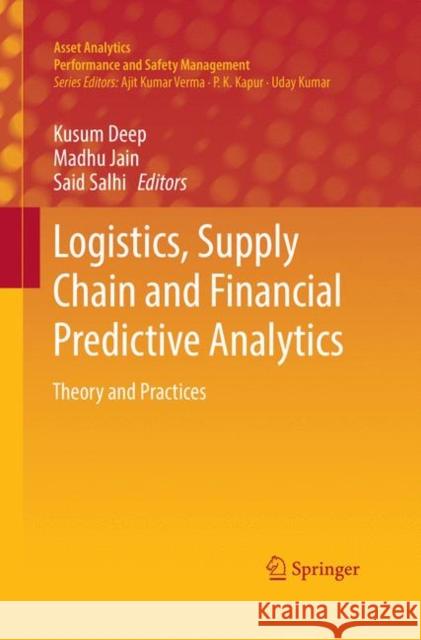Logistics, Supply Chain and Financial Predictive Analytics: Theory and Practices » książka
topmenu
Logistics, Supply Chain and Financial Predictive Analytics: Theory and Practices
ISBN-13: 9789811345227 / Angielski / Miękka / 2018 / 254 str.
Kategorie:
Kategorie BISAC:
Wydawca:
Springer
Seria wydawnicza:
Język:
Angielski
ISBN-13:
9789811345227
Rok wydania:
2018
Wydanie:
Softcover Repri
Numer serii:
000825134
Ilość stron:
254
Waga:
0.37 kg
Wymiary:
23.39 x 15.6 x 1.4
Oprawa:
Miękka
Wolumenów:
01
Dodatkowe informacje:
Wydanie ilustrowane











